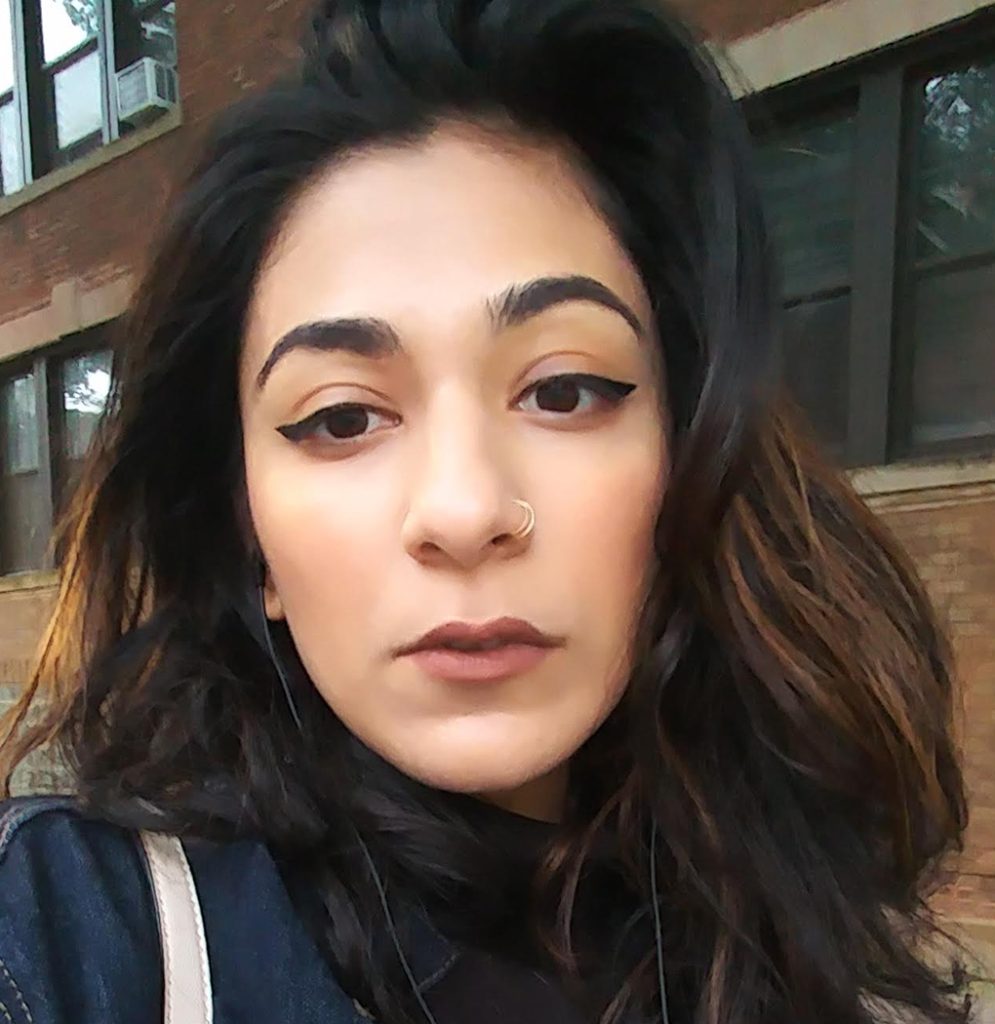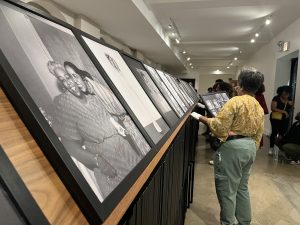In October 2022, Dr. Erika López Prater was teaching a virtual class to Hamline University students—one that involved presenting images of historical paintings depicting Prophet Muhammad. Dr. López Prater gave a two-minute content warning for students who felt uncomfortable with viewing the images to end their video call or disengage from viewing the images. A Muslim student later confronted the professor about the content, alleging that displaying the paintings was Islamophobic. Eventually, this conflict bubbled up to university administrators. Thereafter, the instructor learned that her offer to continue teaching at the university was rescinded.
Art historians and religious scholars voiced criticism of the university’s actions following an essay published by art historian Christiane Gruber rallying behind Dr. López Prater. In a now-removed letter to Hamline University’s newspaper, The Oracle, Dr. López Prater’s colleague and professor of Islam, comparative religions, and Asian religions, Mark Berkson, voiced a popular argument:
“In the context of an art history classroom, showing an Islamic representation of the Prophet Muhammad, a painting that was done to honor Muhammad and depict an important historical moment, is not an example of Islamophobia. Labeling it this way is not only inaccurate but also takes our attention off of real examples of bigotry and hate.”
Herein lies the issue rampant within the current, majority Sunni, Islamicate communities throughout the world, but particularly in America. We pick the histories that bolster us in order to dismantle a legacy of systemic Islamophobia while also silencing the intra-faith nuances that currently exist—and have existed for centuries. The more disagreement within a community against oppression, the less unified they seem to the world. Given this cultural context, how can we maintain intra-faith nuances without silencing them?
Scroll through the plethora of social media accounts empowering Muslims and you will find lists upon lists of contributions to society by Islamic figures. Muslims heralded breakthroughs in mathematics, surgery, and the Enlightenment. The Taj Mahal is used as a benchmark for great Islamic architecture. These feats are applauded—and deservedly so. But there is a line of dominant presentism (harkening back to the unified front, and, arguably, social control) that adds convenience to these narratives.
The celebration of these past accomplishments conveniently flows alongside the current Islamic narrative popular with many modern practitioners. Cultural and artistic contributions by previously localized, pre-colonial praxis, however, have been omitted if they don’t fall in line with that narrative. Scholar Kristen Ghodsee noted this phenomenon while studying Pomak women re-embracing Islam following the fall of Communism. She noted that “instead of returning to their traditionally heterodox roots, isolated groups of Pomaks embraced a distinctly foreign type of Islam, which swept into their communities on the back of Saudi-financed international aid to Balkan Muslims, and which these Pomaks believe to be a more correct interpretation of their religion.”
This indicates where the outrage of a historic depiction of the Prophet is rooted. I remember an incident in a graduate seminar on Mughal history. My professor explained that Muslim leaders of the time considered Hindus “people of the book,” meaning those who received God’s divine guidance and wisdom. Immediately, a classmate interjected: “they’re not people of the book.” This led to a back-and-forth that was able to tease out an understanding amongst my classmates and I—the notion that our views of Islam and within Islam are very much a product of the current age and collective consciousness. While the Quran’s manuscript arguably has not changed, the abstract, theological practice has. As such, it is entirely possible that while the present consensus among many Muslims is that practitioners of certain polytheisms are not people of the book, discrete Islamic communities of the past believed they were. Since these histories are currently deemed to be fringe beliefs, they are overpowered in worldly conversations of Islamic history. It’s why they don’t show up in casual pre and post-Jummah chats.
Many practicing Muslims from hegemonic sects actively silence the histories of other Muslim communities past and present, narrowing our views and solidifying a hegemonic protocol to practice. It is understandable when our Muslim youth—without this background and understanding—call a form of practice that is different from their own sacrilegious and Islamophobic. We cannot change history and erasing it is harmful. But what we can do is take a step back from our temporal place on this Earth and try to understand why history happened the way it did.
Dr. López Prater’s responsibility as a professor was to challenge students with that framework—and she did. As stated in the Change.org petition rallying support for Dr. López Prater, Hamline University’s Office of Inclusive Excellence deemed her actions as an “incident of hate and discrimination.” Silencing historical perspectives like this is an act of discrimination. It’s time universities take a more nuanced approach to their diversity initiatives. It’s clear that the administration had little understanding of Islamic historical and current practice. In an effort to seem more inclusive, Hamline University excluded a significant, living canon of Muslim belief.

About the author and illustrator: Saadia is an illustrator and writer based in Chicago, IL. Trained in South Asian history, her writing focuses on religious nationalism in art, the South Asian female form and gender roles, and the religious undertones of artistic movements at the cusp of the 19th-20th century.



